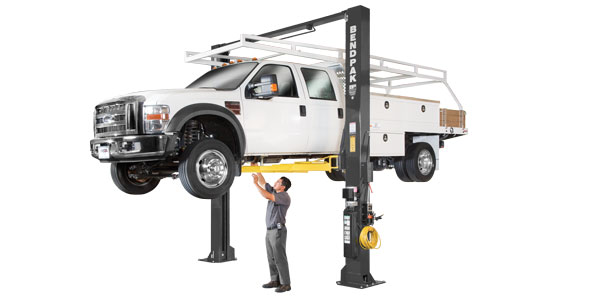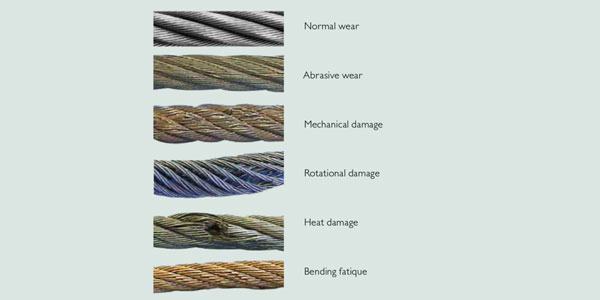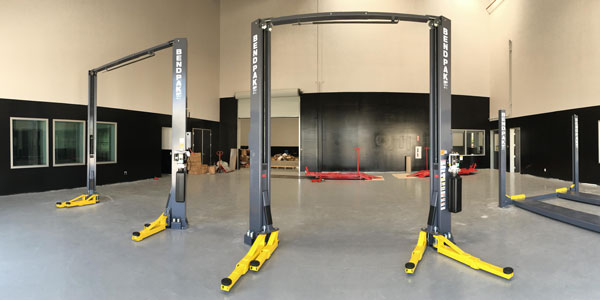According to Freightliner SelecTrucks, every truck purchased or leased from a reputable dealer should come with maintenance manuals. These are a vital accessory and should be kept in a safe place and be readily available. They contain valuable information on topics such as determining scheduled maintenance intervals, lubrication and fluid level checks, noise emission controls maintenance and torque specification.
A preventive maintenance (PM) schedule should be based on the distance a vehicle is driven, along with wear and tear on the truck. To determine the correct maintenance schedule for fleet vehicles, first define the conditions in which the vehicle is driven and how it is driven.
If the truck is run at 80 MPH, it will have higher maintenance costs than if it is run 65 MPH. If it hauls heavy loads through mountains, the wear and tear on it is obviously greater. Most maintenance manuals have a list of schedules from which you can identify the one that is best designed for your situation. When conscientiously followed, the PM schedule can anticipate, identify and solve potential problems that can harm fleet trucks and business. Procedures can be as simple as checking the engine oil and tire air pressure frequently, or more sophisticated, such as using engine oil analysis to extend the drain intervals. Most owner-operators perform some maintenance activity, while fleets generally have a more rigorously maintained schedule.
A simple plan that doesn’t require technical skill and special equipment will include tires, engine oil, wipers, lights, filters, coolant and belts/hoses. A more technical PM will include brakes, drive axles, wheel seals, transmission, batteries, exhaust, driveline, suspension, steering, clutch and engine.
Every good PM schedule begins with establishing a maintenance escrow savings account. The industry standard is based on a time-proven formula, which is detailed at www.selectrucks.com/truckingtips/maintenance.aspx. Visit the site for more details.




